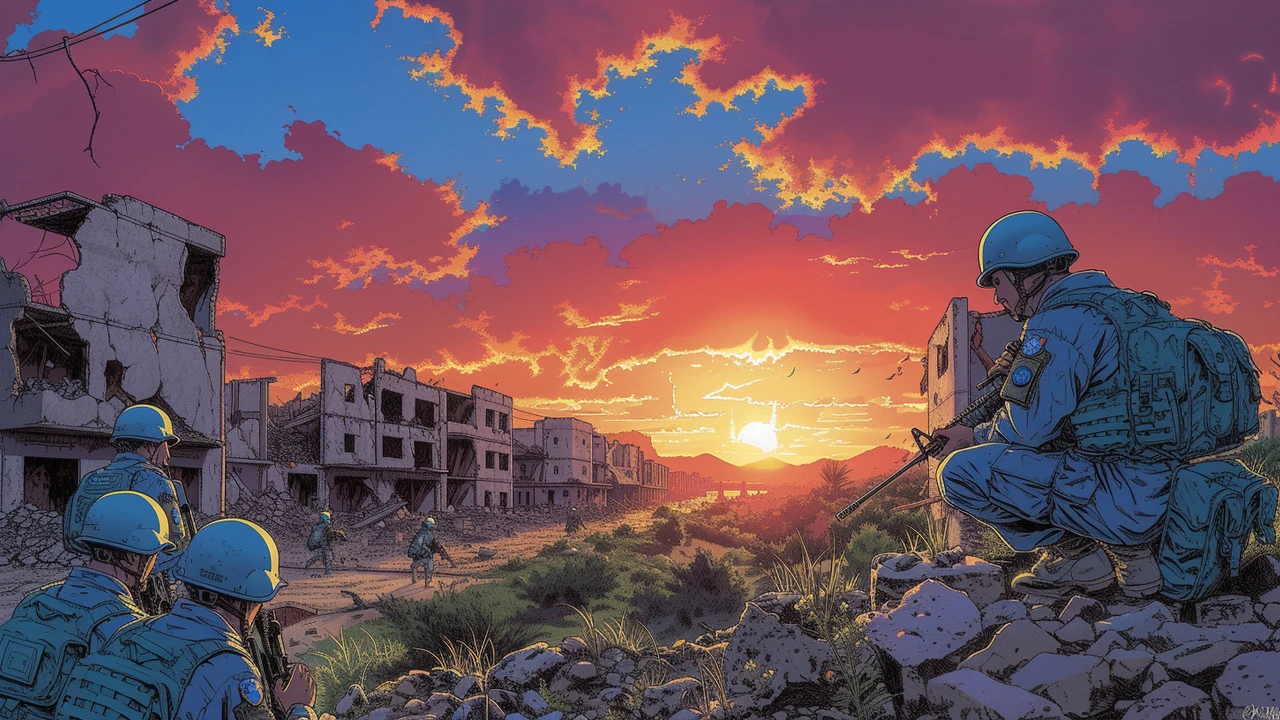A single tool rarely fixes a messy conflict. Combining military, political, humanitarian and community skills gives missions a far better chance to protect civilians and rebuild trust. I’ll show practical ways teams can work together, what roles matter most, and how simple coordination changes outcomes on the ground.
Start with clear shared goals. When commanders, aid workers, mediators and local leaders agree on a few measurable aims—like reducing civilian casualties or reopening schools—resources get used smarter. Pick three realistic priorities and track them weekly. That keeps focus and avoids mission drift.
Share information early and often. Military units must pass security updates to humanitarian teams so aid convoys avoid hotspots. Human rights monitors should feed incidents to rule-of-law teams to prompt quick investigations. Set up short daily briefs where each discipline reports one success and one warning.
Design roles around strengths. Soldiers secure and deter violence, but social workers and local NGOs rebuild trust and mental health. Judges and police trainers restore legal order while political advisers push for local dialogue. Respecting expertise prevents overlap and wasted effort.
Use common tools. Simple templates for needs assessments, joint maps, and shared databases reduce confusion. Even basic checklists for community visits help teams ask the same questions and compare notes. Low-tech solutions often outperform complex systems in unstable settings.
Invest in local partnerships. Bringing community leaders and civil society into planning avoids top-down solutions that fail. Local actors know grievances, cultural limits, and the right messengers. Fund small local projects that show quick benefits—repairing a water pump, fixing a school roof—and you build goodwill fast.
Train together before deployment. Joint exercises reveal blind spots and build rapport. Practice simulations where negotiators, medics, and troops must coordinate a refugee evacuation. Those rehearsals make real operations faster and safer.
Measure impact, not activity. Track results such as days without major clashes, number of schools reopened, or percentage of disputes settled locally. Activities alone—like number of patrols—tell little. Use mixed methods: quick surveys, focus groups, and routine data from police and clinics.
Expect tradeoffs and manage them. Humanitarian neutrality can clash with military protection tasks. Political timelines may rush technical reforms. Be honest about which values drive each choice and negotiate compromises early.
A multidisciplinary approach is not a buzzword. It is practical teamwork that saves lives and speeds recovery. If you manage priorities, share information, work with locals, and measure real change, missions will leave a stronger, more peaceful community behind.
Start by listing five roles each mission must have: security liaison, humanitarian coordinator, political advisor, rule-of-law specialist, and community outreach lead. Assign one person as the point of contact for daily coordination and one shared calendar to avoid clashes.
Before any mission step ask: Who benefits? Who risks harm? Who speaks for the community? Do we need security clearance? Can a local partner lead this activity? If the answer shows risk, pause and redesign with local input. Start small, scale.

Hey there, do join me as we explore a brand new perspective on peacekeeping - one that expertly merges traditional methods with science. We'll take a deep dive into how this multidisciplinary approach is revolutionising conflict resolution and peace promotion globally. This post packs in intriguing insights on modern peacekeeping strategies and how scientific perspective is shaping the future of peaceful coexistence. Ready to learn something extraordinary? Stick around!
